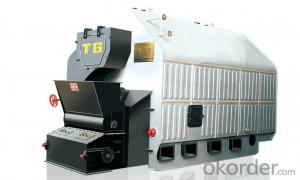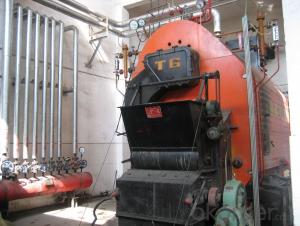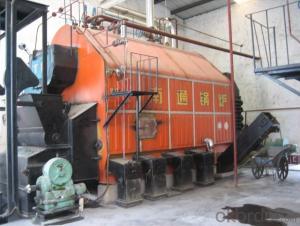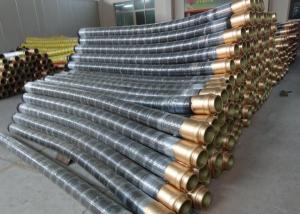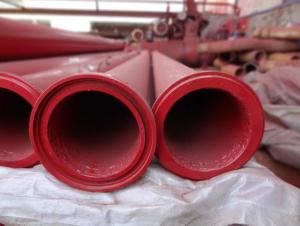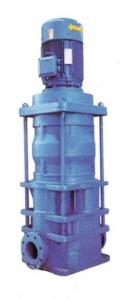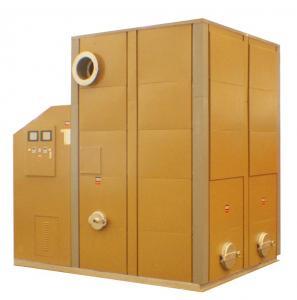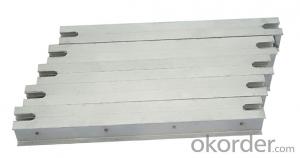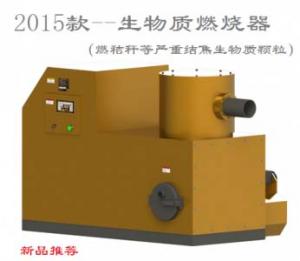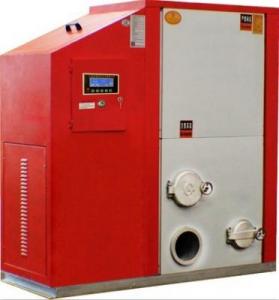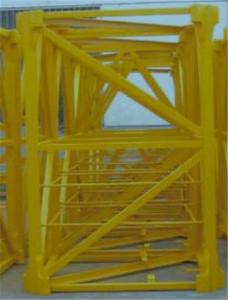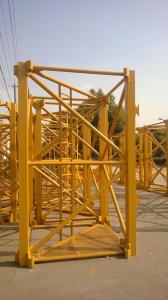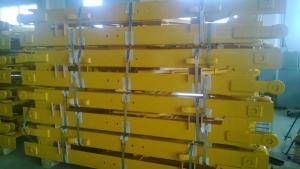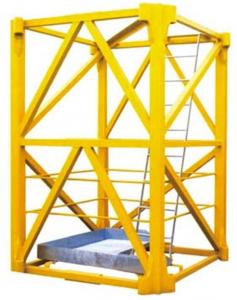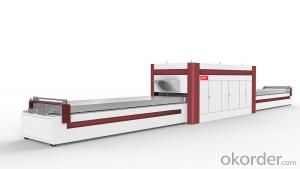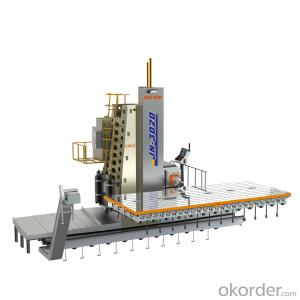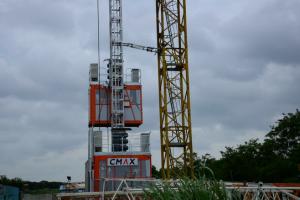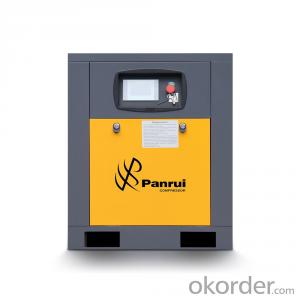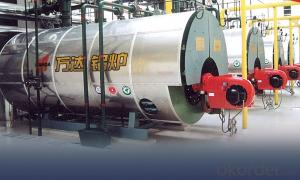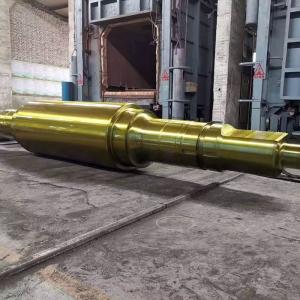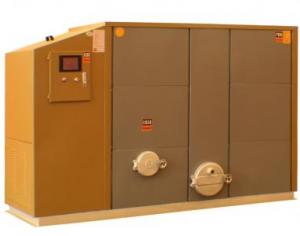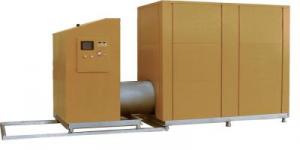DZL Partial Drum Quick Loading Coal-fired Steam Chain Grate Boiler
- Supplier:
 Nantong Wanda Power Co., LTD.
Nantong Wanda Power Co., LTD.
- Loading Port:
- China main port
- Payment Terms:
- TT OR LC
- Min Order Qty:
- 1 set
- Supply Capability:
- 30 set/month
OKorder Service Pledge
OKorder Financial Service
You Might Also Like
Rated capacity:1~4 t/h
Rated work pressure:0.98~1.57Mpa
Adaptive fuel:Ⅱ.Ⅲ Bituminous coal
Application industry : industrial and mining enterprises, schools, hospitals, etc.
Main technical parameters of DZL Eccentric-drum packaged boiler
Boiler Type | Rated Capacity (t/h) | Rated Work Pressure (MPa) | Rated Steam Pressure (℃) | Feed Water Temperature (℃) | Thermal Efficiency (%) | Max.Transport Weight (t) | Max. Transportation Size L×W×H(m) |
DZL1-0.98-AII | 1 | 0.98 | 183 | 20 | 77.7 | 19.1 | 5.89×4.6×4.52 |
DZL2-0.98-AII | 2 | 0.98 | 183 | 20 | 77 | 20.37 | 6.0×4.7×4.46 |
DZL2-1.25-AII | 2 | 1.25 | 193 | 20 | 76.8 | 20.9 | 6.0×4.7×4.46 |
DZL4-1.25-AII | 4 | 1.25 | 193 | 20 | 78.62 | 25.7 | 6.83×4.7×4.7 |
DZL4-1.57-AII | 4 | 1.57 | 203 | 20 | 78.5 | 26.5 | 6.83×4.7×4.7 |

1.Structure introduction :
The drum of this type is laid longitudinally(deflect to one sude).lt has natural ciculation, water-fire tubes, flue-gas three return. Convection bank of tubes are laid in the second return,and furnace flues are laid in the third return,which solves the problem that the bottom of the drum is easy to bulge and the rear tube plate is easy to crack during the use of the main drum boiler.
2.Product features :
a.Because the center line of the drum is offset from the center line of the grate, the high temperature flame does not directly burn the bottom of the drum, which avoids the disadvantage of bulging at the bottom of the drum due to high temperature creep.
b. This product shrunk the fire pipe, increased the water pipe. The second return of the flue gas is changed from the fire tube of the traditional main drum to the 5-7 drainage tube on the left side of the boiler. The high temperature flue gas above 800 °C no longer directly scours the boiler tube plate, so that the flue gas temperature entering the third return fire tube is only about 600 °C, which completely avoids the crack of the main drum tube plate.
The above two points not only ensure the reliability of boiler operation, reduce the cost of boiler maintenance, but also ensure the user 's requirements for continuous safe and efficient operation of the boiler. c. Chain grate adopts an independent sealed air chamber, the air chamber is equal pressure unilateral air inlet, the uniformity of the width direction and the adjustability of the length direction of the grate are better, which can better meet the needs of combustion, while the general boiler manufacturers use the warehouse air and the butterfly air regulating plate with two holes on the side plate of the grate
d. The two sides of the main combustion zone of the grate are sealed by high temperature resistant ductile iron, while the general manufacturers use gray cast iron or ordinary heat resistant cast iron.
e. Saw-tooth cast iron coal gate is used in coal gate. It not only loosens the coal seam, but also increases the surface area of coal seam combustion, and correspondingly increases the combustion area of grate. Practice has proved that the use of this kind of coal gate can make the coal fully burned, the burnout zone of coal is obviously advanced by about 500 mm, the carbon content of slag is greatly reduced, and the thermal efficiency of boiler is improved.
f. This series of boiler heating surface layout is more abundant, coupled with the combustion condition is better, so the boiler output, high thermal efficiency, to ensure that with 10 % -20 % overload capacity.
In summary, our company 's eccentric-drum packaged boiler has distinctive characteristics. The boiler is widely welcomed by Southeast Asian and domestic customers because of its sufficient output, high thermal efficiency and good safety.
This series of eccentric-drum packaged boiler is the first batch of energy-saving products promoted by the company. It won the title of ' Golden Dragon Award ', ' Provincial Excellent ' and ' Ministry Excellent ' of the new products of the National Economic Commission.
- Q:The boiler is 9 years old, and a Scottish Gas C1 model.Best Answer title for first good answer! :)
- You probably don't need me to tell you it's time to reseal the joint. What I can tell you is that it's very common to have water inside a boiler distribution system turn greenish brown, or reddish brown. Since the distribution is a closed system you will have the same water going round and round inside the pipes, picking up whatever is on their inside surface. In the case of galvanized steel or iron distribution piping, products of corrosion will also get into the water. It doesn't necessarily mean that the pipes need to be replaced, but when the joint is resealed the interior of the pipe should be examined to determine how advanced the corrosion is. The water would not be toxic, but I wouldn't drink a glass of it. ; )
- Q:i have moved into a new apartment and i accidently turned the boiler off and turned it right back on. The boiler now only works when the hot water taps are on. The central heating has not come on for 2 days and i am freezing. please help. i have tried turning the switch from the flame ignition on and holding it there and there is a gas valve that i opened and closed that didnt help either!!many thanks
- Make sure the pressure is correct on the boiler gauge. It should read about 1.0 to 1.5 bar when cold. Repressurise with the filling loop. It may just be that the CH controls aren't set right. Start with the CH control which should be on the face of the boiler case. It is often shown as a radiator icon. Then make sure your room thermostat is set to call for heat i.e. 21 C. If the boiler doesn't fire then there is probably a timer/programmer issue. If you have a timer on the boiler set it to 'constant' or whatever implies that. If the boiler still does not fire, yet works on HW there is a fault such as sticking diverter valve (a job for a CORGI man). If you go to www.vaillant .uk you can get to manuals etc after you key in the boiler name. This may help in further diagnosis.
- Q:How do Boiler Systems work?
- I take it you mean boiler and not the hot water cylinder, i hear many people call the cylinder a boiler, boiler system isnt quite right, the system is whatever the boiler is running, then you have instantaneous water heaters, conventional boilers, system boilers, combination boilers, and condensing boilers, all do different things for different reasons, so we need more info, what boiler type is it? what is it running? and what part of the system do you need to know about?
- Q:We cleaned the soot however when we clean it out the fire wall box I guess you'd call it fell apart. I've since learned that a combustion chamber but my question is without that box will my boiler not turn on? Is that a safety feature? With the box missing does it cause the oil to simply spray into the fire box and not be concentrated into one area enough for the fire to catch? Please if you have an answer-asap would be great as it's 36 degrees out and I'm racking my electric bill up with this elec heater. Thanks.
- You should check that the igniter is working. If not you may need replacing.
- Q:the pipe outside my house where the excess liquid from the boiler drains out of was spitting out a brown substance so i went upstairs to examine and saw the tray around the boiler was like halfway full of a thick brown gelatinous liquid, i did not touch it but it had the color and look of maple syrup, but of course much less thicker, what is it? whats going on with my boiler?
- hmmm.... Is this an oil fired boiler (diesel oil?) or gas? Probably wouldn't hurt to touch the goo, .... it could be a glycol solution used to prevent freezing of the pipes should you loose heat... mixed with a bit of rust in the system and has turned it brown.... sounds like a leak of some kind.... be adventureous and put your finger in the brown goo... rub it... smell it.. it if smells like diesel fuel then you have a fuel leak... if it is slimmy and doesn't have much of a smell other than a stale/rotten smell than possibly glycol leak.... if it is just gooie, wet like water with no real slime it could be just boiler water. It could have a pin hole in the casting and it is just plain old boiler water leaking out... which is usually brown ugly but not gelatinous..... so that is odd... if it is fuel oil... that isn't good but sounds like is not or you would have probably smelled it... and the boiler is located upstairs which is also odd as they are usually located in basement so makes me concerned as to what your realy talking about... but will go for the boiler less any other info about age, make, fuel source etc..that is located up stairs. As for the fluid loss, There is a low water cut off on the system. If the water level drop so far it will shut down the system to protect the boiler = no heat. Regardless sounds like you need to contact boiler people...
- Q:kw=gph x delta T / 410 How do you work this out???
- The Boiler's Horsepower = (pounds per hour of water entering the boiler)*(h1 - h2)/33,475 Where h2 = enthalpy of the water entering the boiler and h1 = enthalpy of the steam leaving the boiler. Then 1 horsepower = 0.7457 KW, so multiply the Horsepower answer by 0.7457 to get the KW rating of the boiler. To get your other equation you have to assume that the boiler doesn't form any steam. The basic equation is Q = M*cp*(T2-T1) where: Q = BTU/HR cp=specific heat of water = 1.0 M=weight of water entering the boiler, Pounds per hour T2=Temp. of water leaving T1=Temp of water entering. 1000 BTU per hour = 0.2928104 KW 1 gallon = 62.4/7.481 = 8.341 pounds Q = GPH*8.341*1.0*(T2-T1) = BTU/HR KW = 0.29291*BTU/HR/1000 KW = 8.341*.29281*GPH*(T2-T1)/1000 KW = .00244*GPH*(T2-T1) KW = GPH*(T2-T1)/410
- Q:The boilers water pump does not have enough pressure to top up pressure through filling loop have to do it by manual water hand pump
- The two matters to which you refer are totally unconnected. The pump in the boiler is to circulate heating water around the heating system. If you cannot pressurise the system with the filling loop properly then the boiler should not have been installed in the first place. A combi boiler needs a minimum working pressure and flow rate to work properly. I would suggest firstly you get the installer back if its just been fitted or contact the water board to see why you pressure is so poor.
- Q:What is the meaning of the 2.8MW on the boiler?
- Is not written anti ah?
- Q:Please list more than 5 disadvantages of a instant water boiler. THANKS!
- Disadvantages of Instant Water Boiler : 1. It’s more costly to install and service compared with forced-air furnaces. 2. It’s more difficult to add central air conditioning, humidifying, and filtering equipment to a home. 3. There is a greater selection of furnaces on the market than boilers. This is especially true at the high-efficiency end of the spectrum. 4. Radiators take up more space in rooms than heating registers. 5. A leak in a hot water system usually means water damage. A leak in a supply or return duct system does no damage. The bottom line is that hot water heating is a good system. Conversion of any heating system is expensive and disruptive.
- Q:A. FD fanB. Steam air warmerC ScrubberD. Air heater
- Air preheater. This takes the hot flue gas and uses a heat exchanger to heat up the fresh air to the burner before combustion. Therefore less fuel is required to make the same heat output. Also less emissions. Typical eff improvement of 6-10 percent.
1. Manufacturer Overview |
|
|---|---|
| Location | |
| Year Established | |
| Annual Output Value | |
| Main Markets | |
| Company Certifications | |
2. Manufacturer Certificates |
|
|---|---|
| a) Certification Name | |
| Range | |
| Reference | |
| Validity Period | |
3. Manufacturer Capability |
|
|---|---|
| a)Trade Capacity | |
| Nearest Port | |
| Export Percentage | |
| No.of Employees in Trade Department | |
| Language Spoken: | |
| b)Factory Information | |
| Factory Size: | |
| No. of Production Lines | |
| Contract Manufacturing | |
| Product Price Range | |
Send your message to us
DZL Partial Drum Quick Loading Coal-fired Steam Chain Grate Boiler
- Supplier:
 Nantong Wanda Power Co., LTD.
Nantong Wanda Power Co., LTD.
- Loading Port:
- China main port
- Payment Terms:
- TT OR LC
- Min Order Qty:
- 1 set
- Supply Capability:
- 30 set/month
OKorder Service Pledge
OKorder Financial Service
Similar products
New products
Hot products
